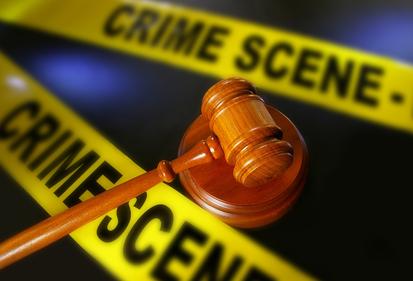Testing your breath for your blood alcohol content (BAC) is something many people have never done.
There are consumer breath test devices which you can buy to test your BAC, some are even available as a keychain. Some bars even have breath test machines, where you put in $1 and get a straw to give a breath test, which will give your BAC results. However, for the great majority of people, a breath test is a rare event. Unfortunately, the BAC test is most commonly only after they a person is stopped by the police on suspicion of driving under the influence.
Know Your Limits – A New Program
A new program by some police departments is aiming to change that, by letting people know what their BAC might be after a few drinks, even when they are not driving home. This “Know Your Limits” program involves police officers taking to the streets around entertainment districts, not for the purpose of finding drunk drivers, but to take their message to people walking out of bars.
The officers contact people coming out of clubs and bars, or even go into the bars, to try and get volunteers for breath testing. People gather to watch as the individual approaches the police officers. Surrounded by people, he or she guesses at their current BAC. Next, they answer whether or not they think they are safe to drive. Then the officer will have the individual submit a breath test with the portable alcohol screening device.
History & Growth of BAC Testing
The rumor is that the test began in Scottsdale, Arizona back in 2010. With this in mind, Huntington Beach Police began a similar “Know Your Limits” educational effort last year. Sergeant Dave Dereszynski said the program fits in with the local bar atmosphere. He says that entire groups of patrons wait in line to see their BAC level. The best part, he says, is the little silver “I know my limits” sticker. More and more departments now have similar programs based on the success of this idea.
Tustin police launched a similar campaign, talking to customer at local bars about their alcohol levels and whether they thought they were over the limit. “If we can just educate those people and put that mindset in someone’s head that, ‘I’ve had too much,’ then maybe they’ll hesitate from getting behind the wheel,” said Sergeant Brian Green of the Tustin Police Department.
Sacramento Police and the Folsom Police Department have recently launched their own Know Your Limit programs. “It’s surprising for most how high their BAC is,” said Lt. Mark Schanrock, a Folsom Police officer. “The detail was a big hit with the patrons and bar staff.”
Full Support from Community
Many customers and even bar employees support of the program, at least publicly. Tyler Roy, a general manager of Baja Sharkeez, a bar in Huntington Beach says he appreciates the program. He notes the officers are friendly and only out to educate. “I think it’s good as far as showing the customers where their intoxication level is,” said Roy.
According to police, the program aims to educate rather than scare the public. After testing their blood alcohol levels, participants receive an information card. The card details information on alcohol consumption and penalties for first time DUIs. They also may provide information on safe rides home, including Uber vouchers.
Know Your Defense
Should you find yourself a first-time BAC client on the side of a road, do not fight your DUI charges alone! Call the top DUI attorneys at The Kavinoky Law Firm. Our Los Angeles DUI defense lawyers are available 24 hours a day, seven days a week. We don’t sleep – so you can.
1.800.NO.CUFFS



